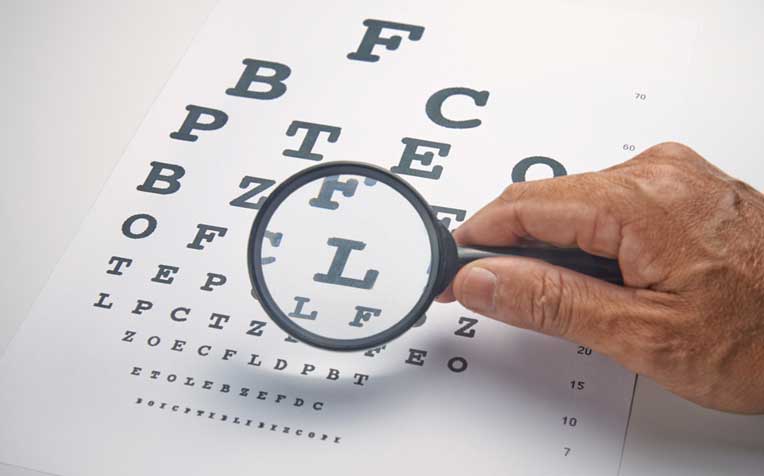
LASIK is not a new technology and the first surgery was performed 20 years ago.
LASIK is one of the wonders of modern medicine and technology but many are still in the dark about LASIK due to the myths and half-truths.
The Refractive Surgery Department at Singapore National Eye Centre (SNEC), a member of SingHealth group, debunks some of the common myths so you can make an informed decision if you are considering LASIK eye surgery.
Myth: It is not possible to target the LASIK laser accurately all the time as eyeballs will make involuntary movements and there is a risk of the laser zapping the wrong areas of the eye.
Fact: Most LASIK platforms have highly-advanced eye tracking devices that compensates for any minor eye movements during the procedure. These active tracking systems follow the patient’s eye position at a speed of up to 4,000 times per second and redirects the laser pulses precisely.
Myth: A person who has undergone LASIK cannot wear contact lens.
Fact: Most patients will not require the use of contact lenses after LASIK. If there is a need to, patients who had previously worn contact lenses comfortably prior to surgery, will generally be able to do so again, especially soft contact lenses. As with initial lens use, it may take some time to get used to wearing lenses for extended periods of time.
Myth: LASIK is permanent and the effects last forever.
Fact: Yes, the results of LASIK are permanent and once your eyes are treated, vision rarely deteriorates to the original state. But your eyes can still change shape, especially in younger patients in which myopia is not fully stable. Depending on the individual, some may need ‘adjustments’ to correct future problems like near-sightedness, far-sightedness or astigmatism.
A major advantage of LASIK is the ability to enhance the treatment many years later if there is change in refraction with time. Also, as you age, the need for reading glasses is quite common, and presbyopic reading correction may still be needed after the age of 40.
How LASIK works
LASIK is a procedure in which the cornea – the transparent front part of the eye that lets in light – is sculpted to improve vision.
The eye works like a camera: the cornea acts as a lens, allowing light (and images) into the eyeball and onto the retina – which acts like a film – at the back of the eyeball. The shape of our corneas determines how ‘focused’ this image is. An out-ofshape cornea transmits an unfocused image on the retina and the brain perceives this image to be fuzzy. LASIK helps to perfect the shape of the cornea so that images can be sharply focused. The procedure can be used to correct near-sightedness, far-sightedness and astigmatism.
LASIK involves two steps, the surface of the cornea is first cut to create a flap to access the middle section of the cornea. Then an excimer laser is used to shape the cornea to achieve perfect vision. Previously, only microkeratomes involving the use of a mechanical high-speed oscillating blade were available to make the flap. Now, ‘bladeless LASIK’, in which the flap is made with another type of laser (the femtosecond laser), is available.
The surgery takes about 15 minutes and does not require any general anaesthesia, just topical anaesthetic eyedrops. Patients usually see an improvement in vision immediately after the procedure and usually have close-to-normal vision by the next day. Normal activities can be resumed in just one or two days.
Ref. L20
Contributed by















 Get it on Google Play
Get it on Google Play